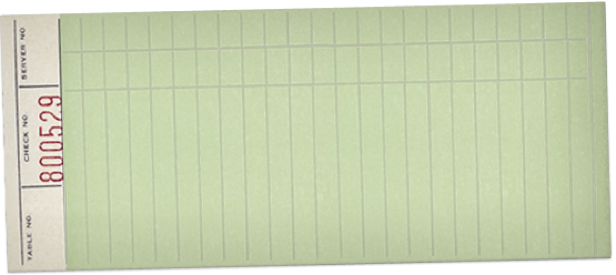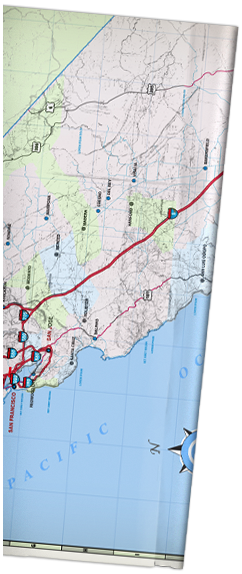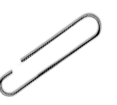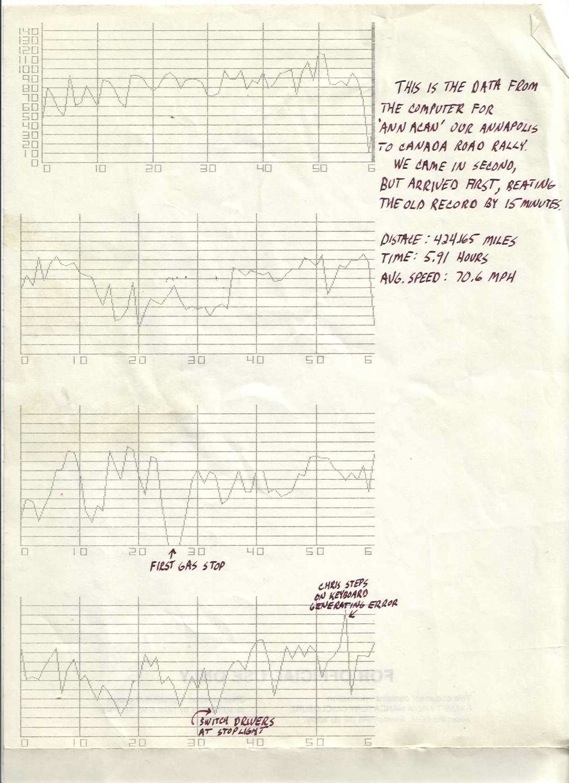
Of course, it being American, if fell apart after 104,000 miles and had to be sent up to that great Carroll Shelby stable in the sky to live among its more honorable peers.¬Ý It was the first real performance car I owned.¬Ý Actually, now that I’Äôm married, I suppose that it probably the last performance car I’Äôll ever own!
The 800XL didn't even require a disk drive to boot.¬Ý BASIC was built in and from the time you threw the switch to the "Ready" prompt was perhaps 5 seconds.¬Ý

Below right, you can see the actual computer in action.¬Ý This shot was taken with a slow shutter speed, revealing the scanning of the CRT.¬Ý I’Äôve enhanced it with Photoshop but the numbers and text are accurate.
Software

Yes, the speeds on the screen are accurate.¬Ý This photo was taken at speed during an annual "rally" that my friends and I used to run between Annapolis, Maryland and Niagra Falls, Canada - The "Annacan" rally.¬Ý We go the idea from the infamous Cannonball run rally.
Interface with Car
The XL was essentially a rally computer and was connected to the speedometer of the car using a custom digital circuit built by my friend, Jeff Makey.¬Ý Using an infrared emitter and detector from Radio Shack, we bounced the IR beam off of the rotating cuff of the speedometer.¬Ý
Using the transmission gear ratios, we figured out that the car traveled 2.4 feet each time the speedometer cable made a half turn and since the speedometer cuff was two sided, there were two opportunities to detect the beam each rotation.
The circuit counted how many times the speedometer turned and held the results in memory on a wire wrapped breadboard that connected to the Atari via a parallel port.¬Ý The computer would perform its tasks and then send a query to the circuit to see how many times the beam had been detected since it last checked.¬Ý Since it knew how long it had been since it last checked for the count, the program could do the math and display the results on the screen.

Built for Speed
The install was built specifically for the "Annacan" (more detail on this page) rally, an Annapolis, MD. to Niagara Falls, Canada rally that was inspired by the Cannonball Run cross-country rally.
Held in 1984, 85, 86, the Shelby participated in the 1986 rally as my friend Chris and I sought to break the so-called 6 hour "barrier".
Using the computer, we reasoned, would allow us to keep up with whether or not we were making progress on the goal.¬Ý It worked great.¬Ý We finished the 424 mile journey in 5.91 hours, eclipsing the previous record.¬Ý The computer was a success and at the time was a very big wow! factor.










